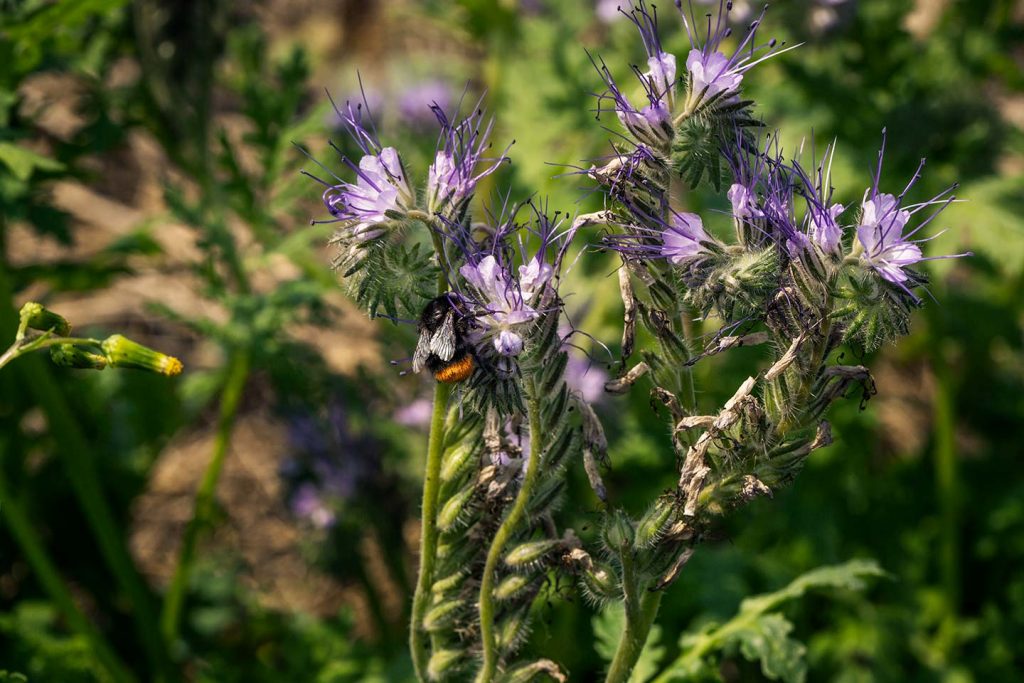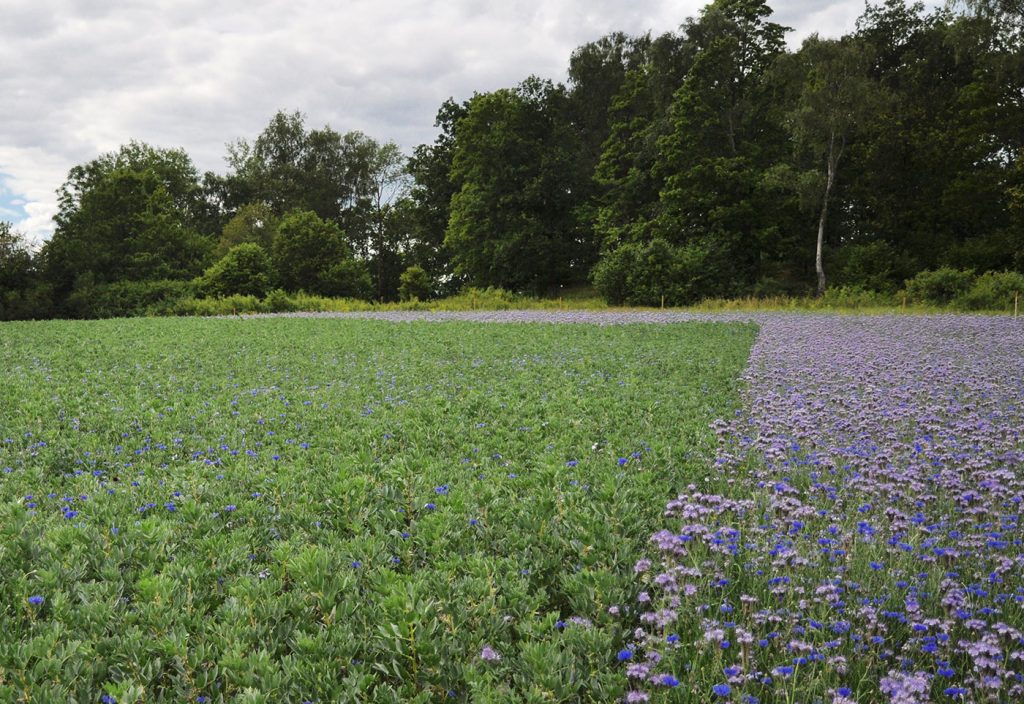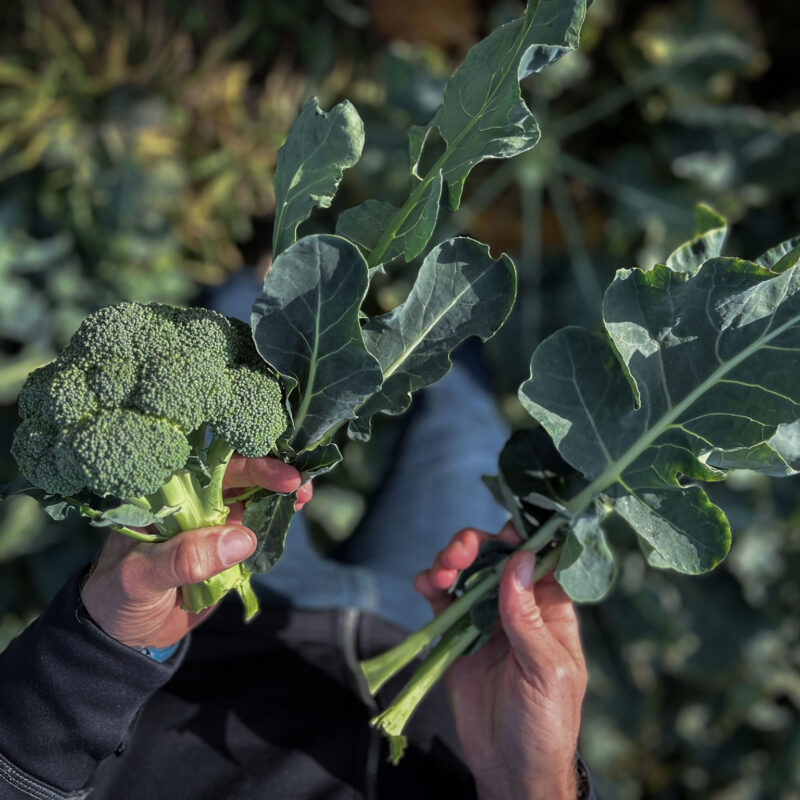Insect and plant ecology
Did you know that 80 % of the food in a normal grocery is dependent on bumblebees and bees? But the critical pollinators are massively decreasing in Sweden and in the world since they can’t adapt to today’s farming systems. By establishing insect and plant ecology zones along fields, Axfoundation tested giving pollinators a protected area to thrive and feed - with the aim of increasing crop production.

There is today a shortage of food and nesting patches for pollinators such as bumble bees and bees.
The Issue
There is a shortage of food and nesting patches for pollinators such as bumble bees and bees. A major contributing factor is that today’s conventional farming systems use large monocultures that lack variations in plants and weeds. Pesticides can also be devastating for pollinators. The pollinators play a crucial part in maintaining plant communities in nature and the crop production and horticulture in farming, since they contribute to the plants’ fertilization. A third of the wild bees are threatened today according to the Swedish Species Information Centre.
The Solution
Research shows that the number of pollinators in an area, and thus also the produce, can increase if so called insect and plant ecology zones are established along the fields. These are zones with flowering plants next to fields or other areas. The plants give the pollinators a protected space where they can thrive and find food. A positive side effect with insect and plant ecology zones is that they can also prevent nutrient runoffs to adjacent water courses, since these zones can pick up the nutrients running off the fields.

Establishing insect and plant ecology zones can increase the number of pollinators.
Our Work
Axfoundation tested actual insect and plant ecology zones at Torsåker Farm. The aim was to see if the zones could increase the number of pollinators and if growing the right kind of flowers could favor the right predatory insects – thus reducing the number of pests. The test investigated if crop production could be increased by choosing the flowers that would favor pollinators, like wild thyme, wild garlic and mustard. The mix used in the insect and plant ecology zones consisted of; blue tansy, alfalfa, meadow fescue, Timothy-grass, ryegrass, red clover, white clover, red fescue, chicory, crimson clover, Persian clover, alsike clover and so on. The lessons learned from practically testing at Torsåker Farm later got Axfoundation engaged in several big projects with a clear focus on biodiversity.



































